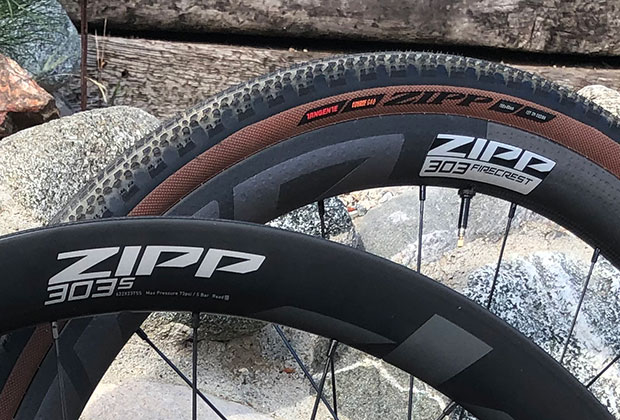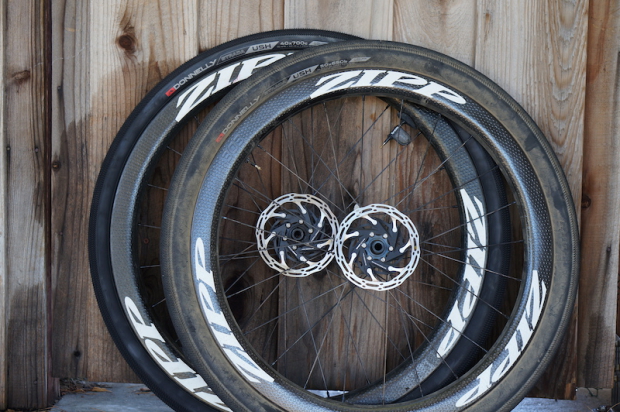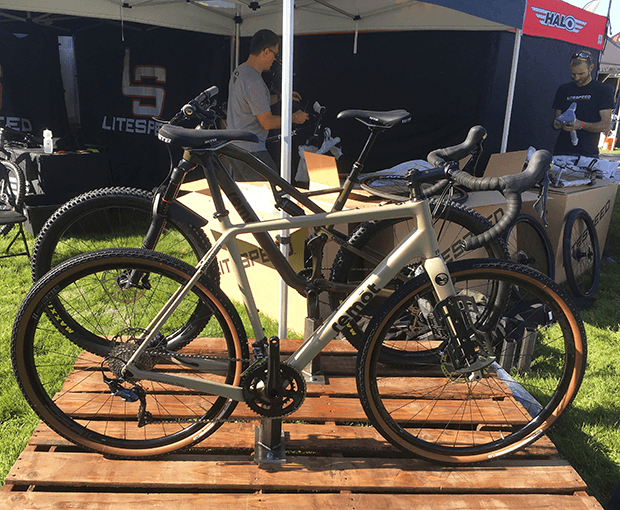Ocoee’s Boundary Lets You Explore Your Boundaries
Riding gravel allows us to experience the zen that comes from less traffic and more nature. It suits me, and I bet it’ll suit you too. I’ve been riding gravel for decades on tolerable but imperfect bicycles. I’ve ridden gravel on a road bike with rim brakes and 23mm wide tires and on a mountain bike with 55mm wide tires (that’s 2.2in to the Americans). Most recently I had been riding and racing gravel on a cyclocross bike with 38-40mm tires. Those experiences were good. I wanted great. I wanted a bike that would work on a broad spectrum: gravel bike races, gravel triathlon, and bike packing events.
I feel like I’ve found it with the Ocoee Boundary.
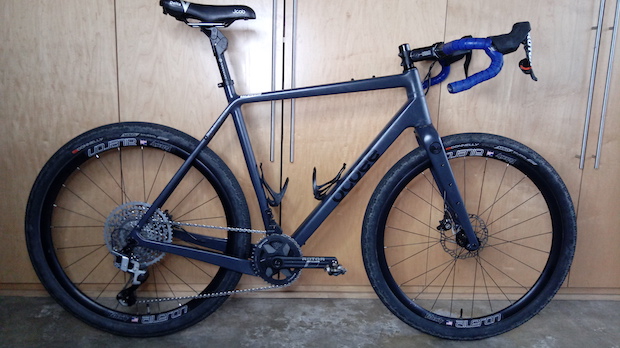
The Ocoee brand is now under the American Bicycle Group umbrella, home to Quintana Roo and Litespeed. The Boundary is offered as a complete bike with seven different builds, ranging from a 105 equipped bike for $2,600 all the way up to GRX 810 Di2 for $4,000. I opted for the frameset and did my own custom build.
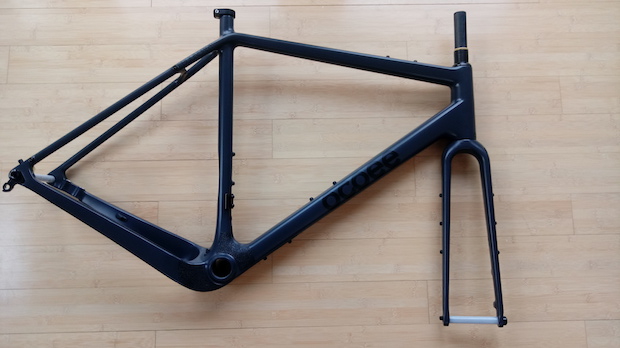
Only a few gravel bikes have solved the issue of the pinch created when a wide, mountain bike tire crowds the chainstay from inside while two chain rings would nuzzle up against it from the outside. That’s the spot where the Boundary’s asymmetrical chainstays solve the battle for space, allowing a wide tire: up to 53mm on a 650b wheel, and up to 43mm on a 700c wheel.
I also wanted a 1x groupset, one that minimized gaps yet offered a super forgiving climbing gear. Something that might satisfy a worst-case climbing scenario: the Tour Divide, 3+ weeks of climbing the Rocky Mountains with a 40 pound rig, or clawing out of the Waipio Valley at the start of the Impossible Route. Both are events I want to do on this bike.
When piecing together gearing, I considered many options: mullets (road levers w/ mtb gearing), mechanical vs electronic, and more. I settled on the Rotor 1×13 groupset. The cassette is a 13- speed 10×52, and the hydraulic shift system uses only 40ccs of mineral oil in a 3mm hose. The index shifting resides in the rear derailleur (not in the lever) and Rotor added a “go to origin” button that allows you to move the chain on the 10 tooth cog from the derailleur. There’s also a clutch built into the rear derailleur that allows you to disengage and re-engage with a snap of a tab. This 13-speed group uses a 12-speed chain and the hydraulic system offers a couple of advantages. Unlike a mechanical grouppo this system is sealed. Unlike electronic shifting, there’s never a need to recharge. There is, however, one drawback: the cassette can only be placed on Rotor’s hub. I had Michigan-based Velocity Wheels build the hub into one of their Aileron 650b rims and mounted up a 50mm wide tubeless tire.
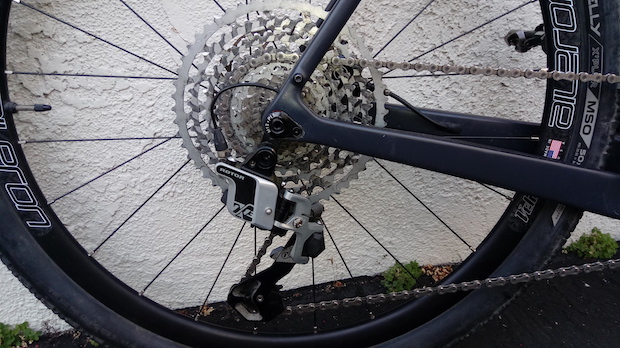
Front and rear suspension is provided by Redshift’s Shock Stop stem with 20mm of travel, and seat post with 35mm of travel.
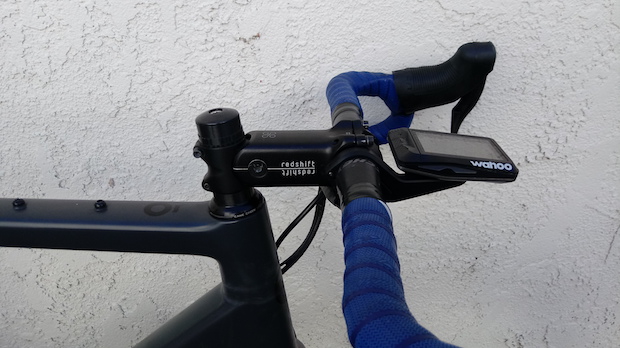
Both are tuneable; the stem with elastomers and the post with springs and a tension screw. I mounted a JCOB Delta V because once you find your saddle you’re home.
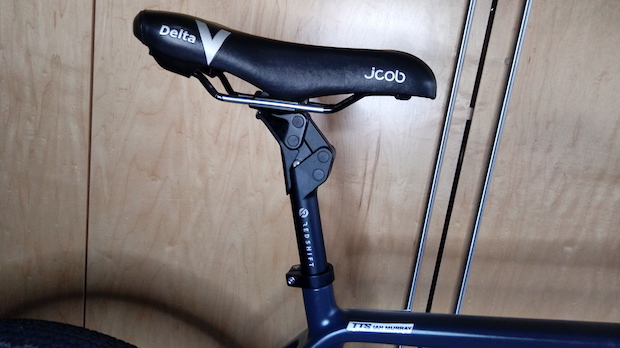
The Boundary has several mounting options beyond the standard ones for water bottle cage inside the front triangle. There are mounting bolts under the downtube, on either side of the fork, at the top and bottom of chainstays, and one on the brake bridge.
I’ve had lots of bikes that eventually felt like an extension of my body, but never before has that sensation come on the first ride like it did with this Ocoee Boundary. I’m loving how nimble it is yet feels invincible durable on rocky descents. I cannot wait to log more miles on this bike.


